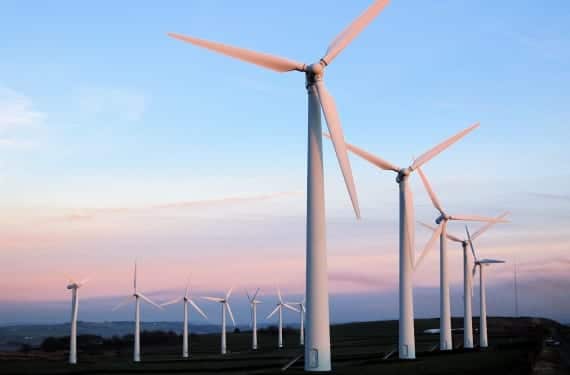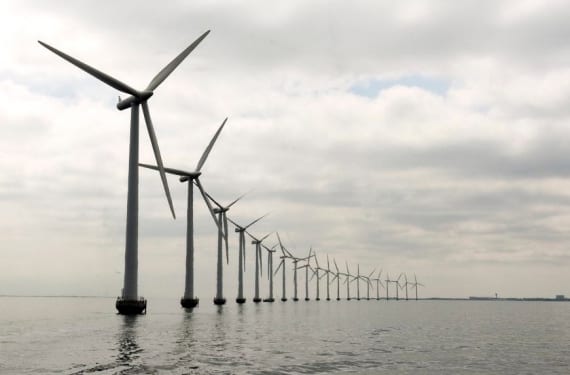
Eolico Park
Wind turbines or windmills have become the source of green energy A favorite in many countries around the world, as they are often considered to have virtual zero environmental impact. But some studies currently under way indicate that it may not be as green as you think.
These wind turbines do not interfere or cut the course of rivers or close migration routes as hydroelectric plants do. They do not emit greenhouse gases nor do they deplete or significantly reduce the reserves of non-renewable sources such as coal. Wind turbines also produce clean and seemingly unlimited energy.
Meanwhile, several studies have appeared that have indicated that wind turbines can have harmful effects on birds or other indirect consequences on the environment, many of these have been described as affordable compared to the benefits of wind energy. But a group of researchers at the University of Maryland have observed that the large-scale use of wind turbines as power source it can have an impact on our environment just contrary to what is intended to minimize climate change.
Alter air flow and wind patterns
The most conservative estimates speak that around 250000 wind turbines would be necessary to meet the energy needs of the United States. An installation of such caliber would have a serious impact on atmospheric airflows over the surface of the United States and possibly over that of other countries. Scientists Daniel Barrie and Daniel Kirk-Davidoff from the University of Maryland have shown that the installation of massive wind farms covering most of the central US to central Canada would "steal" energy from the atmosphere.
Anyone who has studied basic physics can remember that in a closed system, such as the Earth's atmosphere, energy is conserved, neither created nor destroyed. This means that the air flows that pass through the blades of the gigantic wind turbines almost 100 meters high, use energy to make them rotate, and this energy used for this is snatched from the atmosphere, reducing the wind speed in proportion thereto.
So the larger the wind turbine deployment the more energy is removed from the atmospheric flow and the slower the wind speed. Reducing this speed between eight and ten kilometers per hour, which although it seems less, could have a significant impact on large-scale flows and have consequences that we still cannot understand.
Alteration of ocean currents

Offshore wind farm
In another recent project on the impact of wind forces on our environment, Goran Brostom from the Norwegian Institute of Meteorology in Oslo included a study that indicated that offshore wind farms, although with less visual impact and less intrusive than its brothers on land, can have a certain effect on the ocean currents in their start-up.
When air flows through the blades of wind turbines, the path that this flow follows is slightly altered. The result of this alteration is that turbulence occurs, modifying the usual laminar flow, which impacts the ocean surface.
These turbulences when in contact with ocean water can produce a phenomenon known as upwelling (upwelling in Spanish) that makes the cold waters of the bottom rise to the surface and the more superficial waters sink to take their place. When this occurs, the thermal flow of the water body is altered, modifying the patterns of the existing currents. The global effect of this increase in upwelling currents as well as that produced on air currents continues to escape our understanding.
There would be many points to criticize about these studies, such as that some scholars do not consider the atmosphere as a closed energy system or the interest that these studies carried out are subsidized by funds from companies that produce energy by other means, such as nuclear or thermal. Even so, it is interesting to note that not all are benefits in energies considered as green.
More information: PlanetSolar, the answer against climate change, Geothermal energy. Greenhouses and their application in agriculture